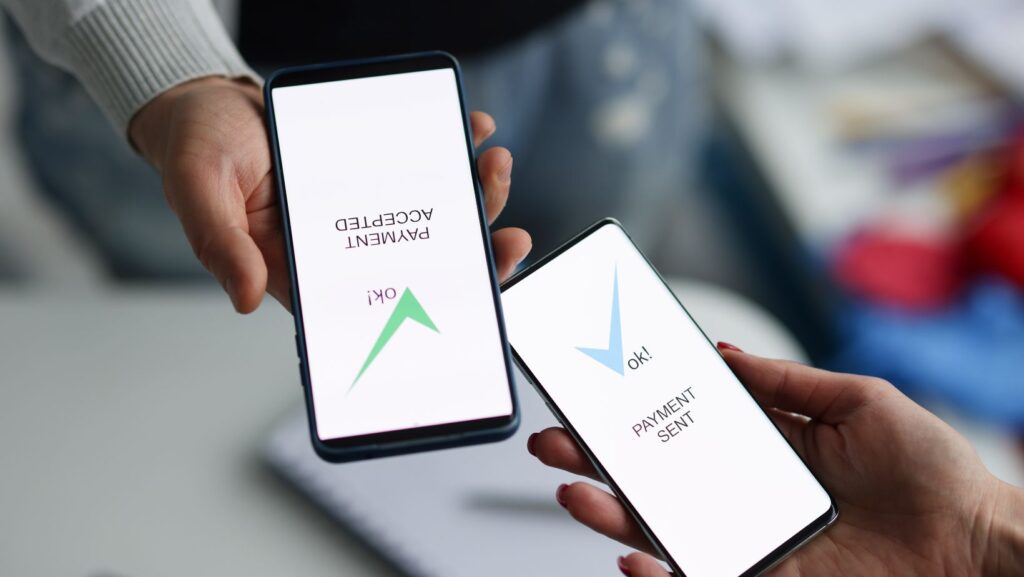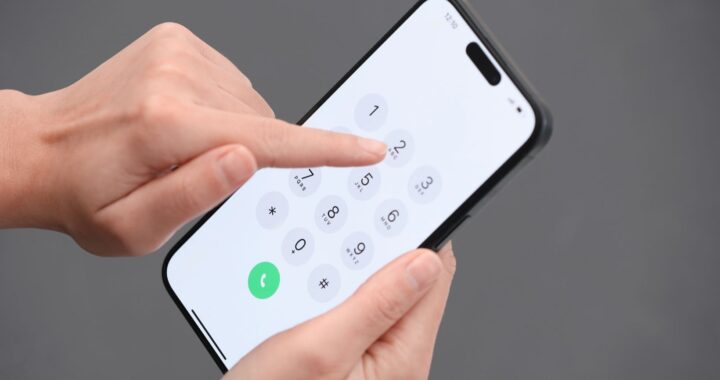The Hidden World of Global Transfers: What Banks Don’t Want You to Know About Sending Money Abroad

In today’s hyperconnected world, moving money across borders has become a necessity rather than a luxury. Whether it’s for supporting family, investing in overseas property, paying tuition, or collaborating with international freelancers, cross-border payments are now an essential part of life. But beneath the convenience of digital banking apps and sleek fintech platforms lies a complicated web of fees, delays, and regulations that can surprise even the most tech-savvy user.
Most people assume that transferring money internationally is a straightforward process: you input the amount, select the recipient, and click send. But what they often don’t realize is that this simple action can trigger a chain of intermediary banks, currency conversions, regulatory verifications, and processing delays. Each link in that chain can incur additional charges — sometimes without clear notification.
According to the World Bank, the average global cost of sending $200 is still around 6%, despite international efforts to bring it below 3%. This means billions of dollars are lost every year to fees that many customers don’t fully understand. Traditional banks are often the worst offenders, charging high fixed fees on top of poor exchange rates. Meanwhile, some newer services promise zero fees but hide their margins in the conversion rates.
What’s more, the direction and destination of your transfer matter. Sending money to highly regulated countries or those with volatile currencies can introduce additional scrutiny and delay. For example, transfers to regions in Africa, South America, and parts of Southeast Asia often face higher costs and longer processing times due to banking infrastructure gaps or tighter financial regulations. For instance, those sending remittances from abroad can explore the economical way to send money to Philippines to compare fees, speed, and reliability among various platforms.
Another overlooked aspect is speed. In a world where we’re used to instant messaging and same-day deliveries, it might surprise you to learn that international money transfers can still take 3–5 business days to process. This is especially problematic for emergency situations, such as urgent medical bills or last-minute tuition payments. Some modern fintech platforms have addressed this by leveraging blockchain technology or by partnering with local payment networks, but these solutions aren’t yet universally available.

Security is also a major concern. With increasing incidents of cyber fraud, phishing, and identity theft, choosing the right platform for your transactions is critical. Users should always verify that the service they’re using is licensed, encrypted, and regulated by financial authorities. Reading the fine print — and user reviews — can save you from unexpected surprises.
Interestingly, the growing demand for transparency, reduced fees, and faster processing times has led to a surge in modern platforms that challenge the limitations of traditional remittance services. These innovative solutions are not only more efficient but also increasingly focused on financial inclusion. Many of them are designed with underrepresented users in mind — offering easier access, better rates, and more control. Among these, platforms that support international money transfers stand out by prioritizing smart technology and inclusive practices, helping users send money across borders more confidently and affordably.
As the financial world evolves, we can expect to see even more innovation in this space. From AI-powered fraud detection to mobile-first banking in emerging markets, the future of global money transfers is not just digital — it’s intelligent. But until then, users must educate themselves, compare services carefully, and stay alert to hidden fees and false promises.

In conclusion, international money transfers are no longer a privilege reserved for corporations or the wealthy. They’re a part of everyday life for millions. But with this convenience comes responsibility. Being informed, selective, and cautious can help you save money, time, and stress in the long run. Because in the end, every cent — and second — counts when it comes to sending money across the world.

 Embedtree.com: Revolutionizing Embedded Systems
Embedtree.com: Revolutionizing Embedded Systems  Social Media Stuff EmbedTree: Revolutionizing Your Content Sharing
Social Media Stuff EmbedTree: Revolutionizing Your Content Sharing  How to Find Someone’s Phone Number With Their Name for Free
How to Find Someone’s Phone Number With Their Name for Free